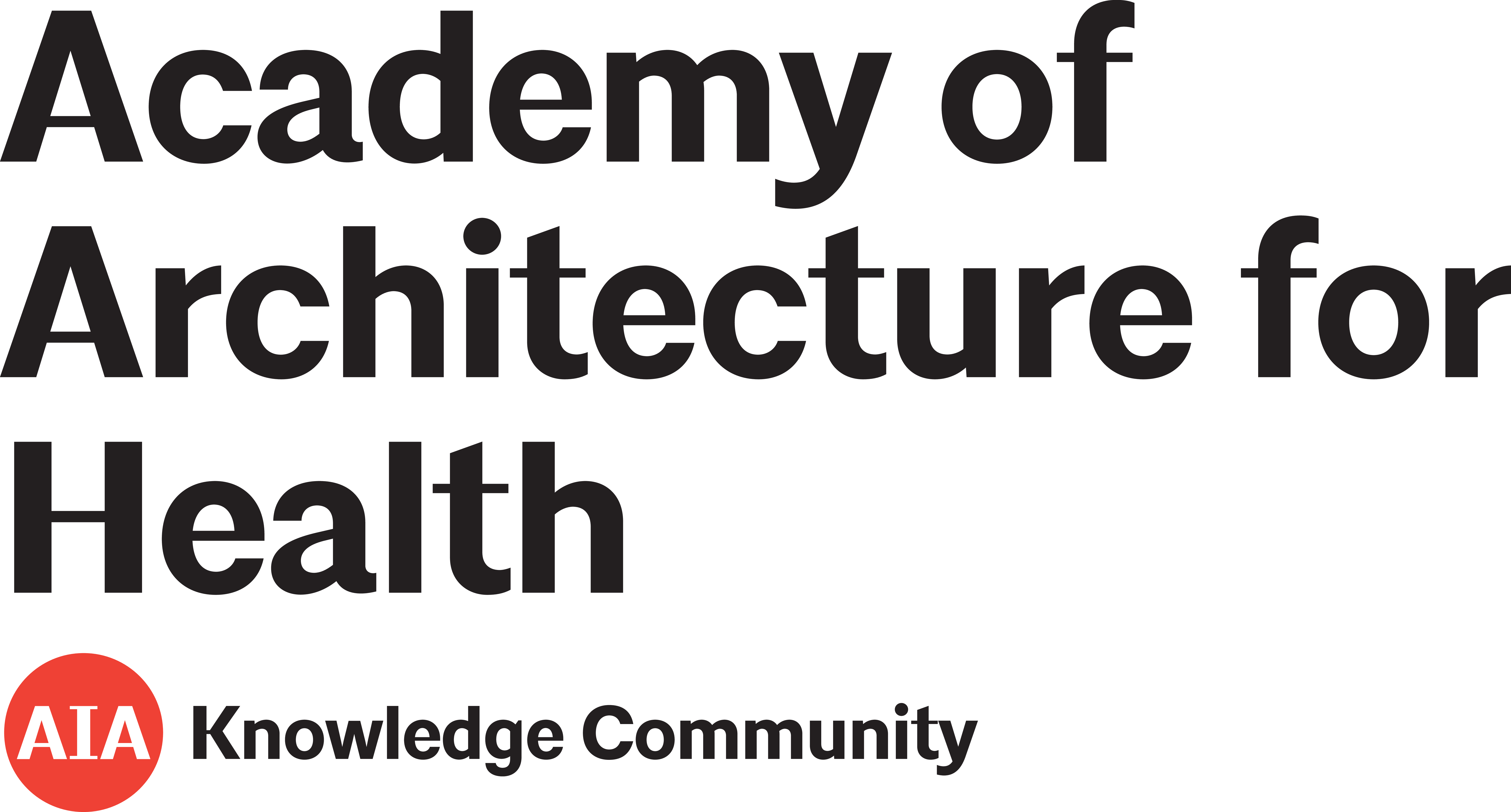Acoustical standards and criteria documentation of sustainability in hospital design and construction
Author(s): Evans, J., Himmel, C.
Added June 2016
Sleep in Hospitalized Elders: A Pilot Study
2012
Geriatric Nursing
Journal Article
Issue 4
Volume 31
Pages 263-172
Author(s): Missildine, K., Bergstrom, N., Meininger, J., Richards, K. & Foreman, M. D.
Sleep complaints are common among elders at home and in the hospital. These complaints include insomnia, difficulty falling sleep, and difficulty maintaining sleep, yet adequate sleep is commonly considered a necessary prerequisite to healing and recovery from illness.
Added January 2016
Eye Masks and Earplugs Improve Patient’s Perception of Sleep
2012
Nursing in Critical Care
Journal Article
Issue 5
Volume 17
Pages 247-235
Author(s): Jones, C. & Dawson, D.
Sleep disruption is commonly identified as a feature of admission to critical care units. The environment, level of intervention, and patient morbidity are understood to influence patients’ poor experiences of sleep in critical care. This study discusses the impact of the built environment on Intensive Care Unit (ICU) patients’ sleep.
Added January 2016
Impact of the Design of Neonatal Intensive Care Units on Neonates, Staff, and Families: A Systematic Literature Review
2012
The Journal of Perinatal & Neonatal Nursing
Journal Article
Issue 3
Volume 26
Pages 267-268
Author(s): Shahheidari, M., Homer, C.
The authors indicate that the design of NICUs incorporating single family rooms as evidence indicates this room type contributes to the better development of babies, facilitates increased parental involvement in care, controls infection, and reduces noise and length of stay.
Added July 2015
Patients and Their Families Weigh in on Evidence-Based Hospital Design
2012
Critical Care Nurse
Journal Article
Issue 1
Volume 32
Pages e1-e10
Author(s): Trochelman, K., Albert, N., Spence, J., Murray, T., Slifcak, E.
Literature indicates that design of a healthcare facility impacts quality of care, patient safety, patient satisfaction, staff satisfaction, and outcomes. Evidence-based design (EBD) is increasingly becoming a guiding principle in the design of new healthcare facilities. As research on EBD evolves and more hospitals and architects use EBD recommendations, it becomes imperative to consider the perspectives of patients and families.
Added May 2015
Physical Environments That Promote Safe Medication Use
2012
Pharmacy and Therapeutics
Journal Article
Issue 7
Volume 37
Pages 377-378
Author(s): Grissinger, M.
Added November 2014
Linking acoustics and floor-plate shape qualities of healthcare settings
2012
Architectural Science Review
Journal Article
Issue 4
Volume 56
Pages 315-332
Author(s): Okcu, S., Shpuza, E., Ryherd, E., Zimring, C.
Added November 2014
A Comprehensive Comparison of Open-Bay and Single-Family-Room Neonatal Intensive Care Units at Sanford Children's Hospital
2012
HERD: Health Environments Research & Design Journal
Journal Article
Issue 4
Volume 5
Pages 23-39
Author(s): Stevens, D. C., Helseth, C. C., Thompson, P. A., Pottala, James V, Khan, M. A., Munson, D. P.
Added September 2014
Sound Levels, Staff Perceptions, and Patient Outcomes During Renovation Near the Neonatal Intensive Care Unit
2012
HERD: Health Environments Research & Design Journal
Journal Article
Issue 4
Volume 5
Pages 76-87
Author(s): Trickey, A. W., Arnold, C. C., Parmar, A., Lasky, R. E.
Added September 2014
Noise and sleep among adult medical inpatients: far from a quiet night
2012
Archives of Internal Medicine
Journal Article
Issue 1
Volume 172
Pages 68-70
Author(s): Yoder, J. C., Staisiunas, P. G., Meltzer, D. O., Knutson, K. L., Arora, V. M.
Added September 2014
Noise pollution in hospitals: impact on patients
2012
JCOM | Journal of Clinical Outcomes Management
Journal Article
Author(s): Hsu, T., Ryherd, E., Waye, K. P., Ackerman, J.
Added September 2014
Long-term care physical environments- effect on medication errors
2012
International Journal of Health Care Quality Assurance
Journal Article
Issue 5
Volume 25
Pages 431-441
Author(s): Mahmood, A., Chaudhury, H., Gaumont, A., Rust, T.
Medication errors contribute significantly to patient morbidity and mortality, and are associated with considerable healthcare costs, as well. The human and financial costs following preventable medical errors are high; data in the United States suggest an estimated 44,000 inpatients die each year from preventable medical errors. Nationally, preventable adverse event costs have been estimated at $17 billion.
Added July 2014
Quality Physical Environment in Paediatric Wards: Designer’s Creation Versus Users’ Satisfaction
2012
Procedia - Social and Behavioral Sciences
Journal Article
Author(s): Ghazali, R., Abbas, M. Y.
Prior research has revealed that an optimal healing environment can enhance a child’s quality of life by supporting the healing process. However, little has been done to identify specific design features within an optimal healing environment that either impede or aid the healing process.
Added April 2014
The sound environment in an ICU patient room—a content analysis of sound levels and patient experiences
2012
Intensive and Critical Care Nursing
Journal Article
Author(s): Johansson, L., Bergbom, I., Wayeb, K. P., Ryherd, E., Lindahl, B.
This study was a prestudy for the planning and design of a larger one, where the aim is to investigate the relationship between sound (objective and subjective) and adult intensive care unit (ICU) delirium and/or other factors. It used sound measurement, behavioral observation, and interview methods. The results provide a good list of sound/noise impact on patients and subsequent ICU design considerations.
Added January 2014
Achieving EBD Goals Through Flooring Selection & Design
Author(s): Nanda, Upali, Malone, Eileen, Joseph, Anjali
Added April 2013
The effects of material selections on noise levels in two patient care units
2012
Healthcare Design Magazine
Magazine Article
Issue 5
Volume 12
Pages 24-28
Author(s): Frederick, C., Roy, K. P., Taylor, E., Keller, A., Jackson, M., Kinsey, R.
Added March 2013




